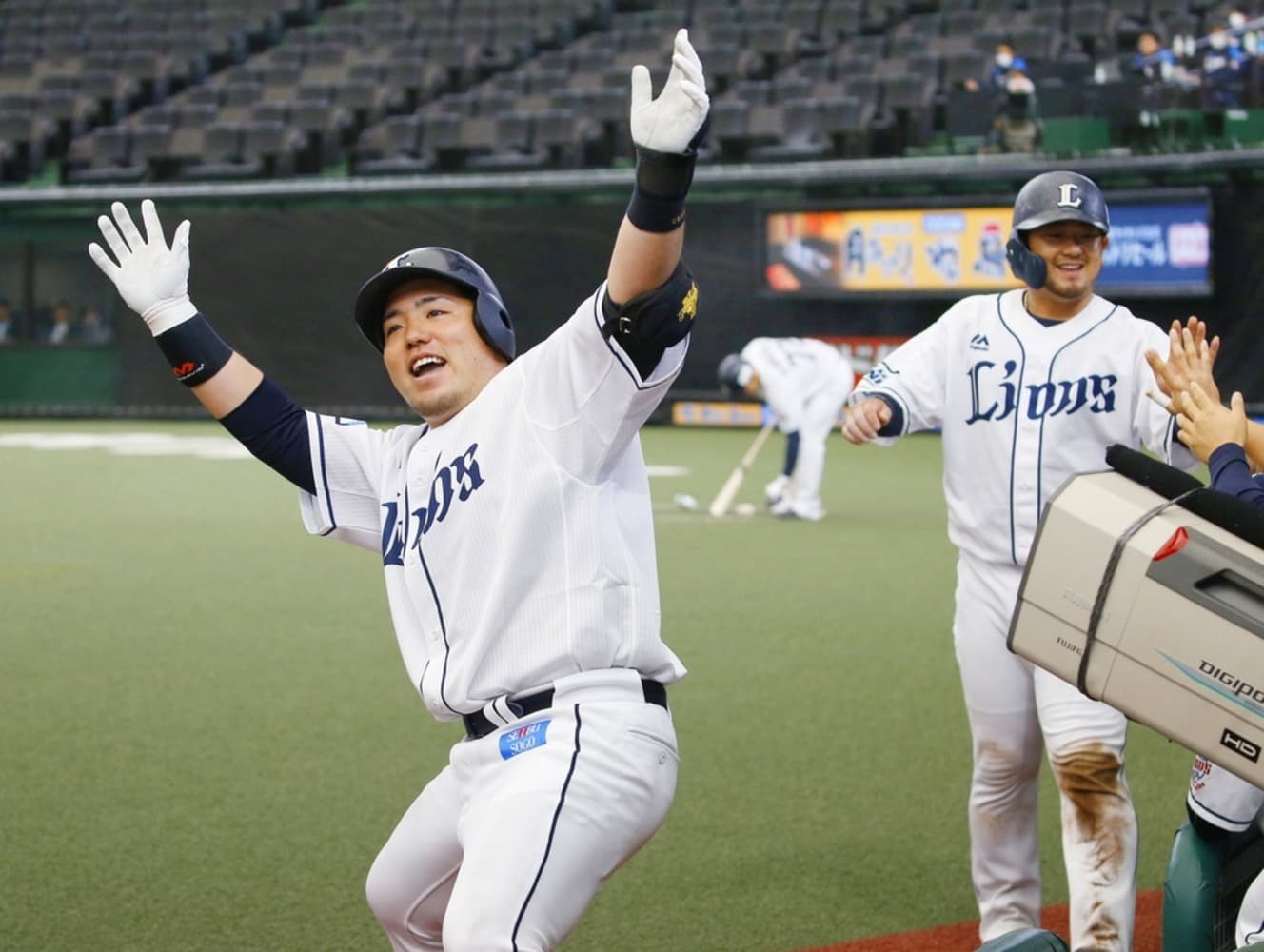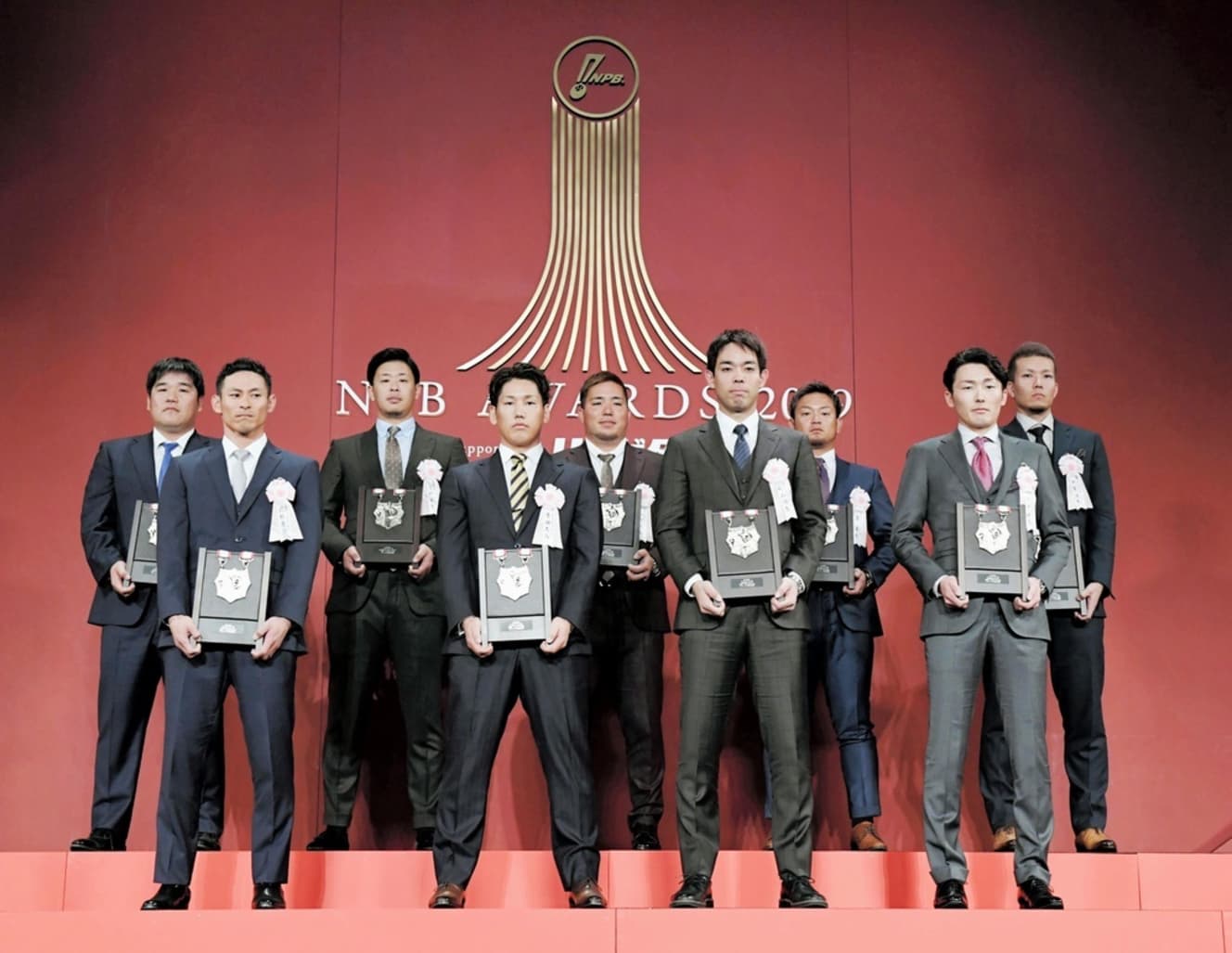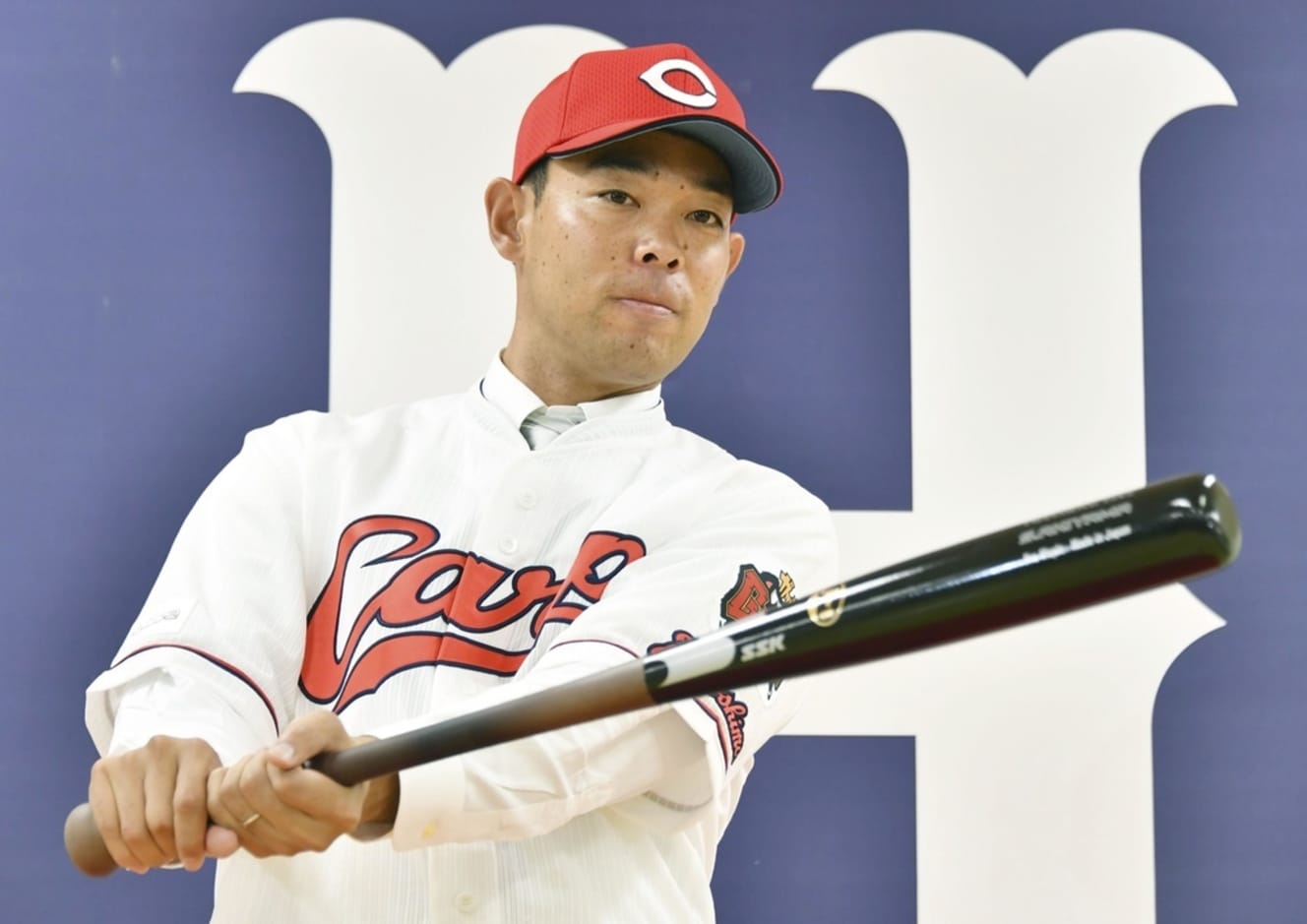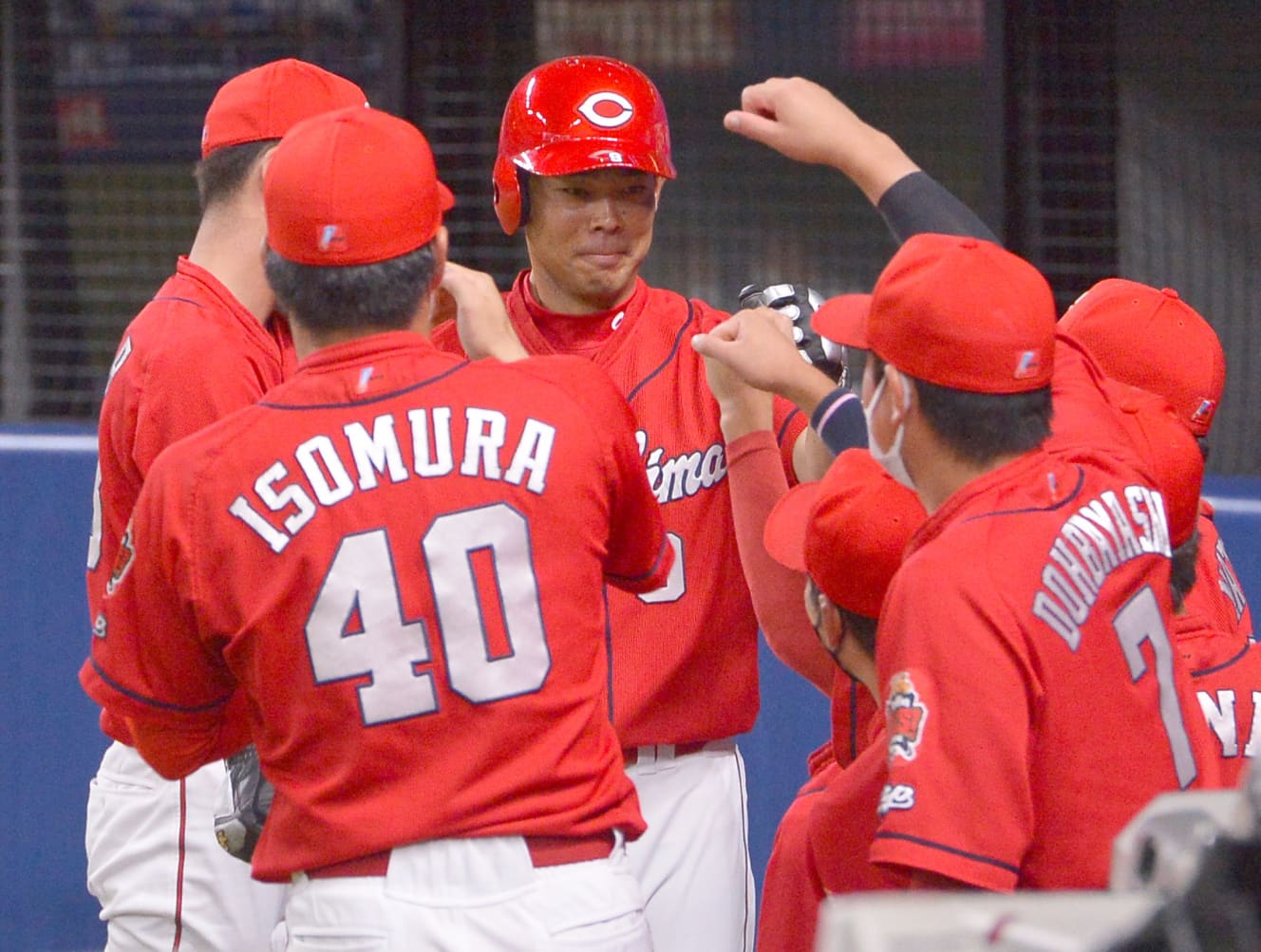Former Teammates Prevented Shogo Akiyama from Returning to Seibu Lions
Shogo Akiyama, 34, of the Hiroshima Toyo Carp baseball team, who returned to the Japanese baseball world after a two-and-a-half-year absence from the U.S. baseball world, was promoted to the first team from the game against Chunichi on August 8 at the Vantelin Dome Nagoya, as manager Shinji Sasaoka had declared. In his third game, on the 10th, he showed off his offensive and defensive abilities by making a laser-beam shot to the third baseman who was trying to touch up the ball.
Why didn’t Akiyama wear the blue uniform of his old team, Seibu Lions, which was considered his best bet?
Some say it was because he did not want to take his junior teammate’s position, or because Hiroshima had Ryosuke Kikuchi and Tsubasa Aizawa, who played with him in the National Japan team. However, the TV person asserted, “That was not the only reason he made the decision.”
“When Akiyama decided to return to the Japanese baseball world, Seibu was the first to approach him and showed its sincerity, but in direct negotiations it offered him a two-year contract that included this season, half of which had already passed. It was obvious that SoftBank would offer him a large contract of more than three years, but this offer shows that they were not serious,” said a TV insider.
“At the Seibu Holdings shareholders’ meeting on June 22, he said, ‘I sincerely hope to win this contract. I want him to lead the Lions to victory as a candidate for future manager.’ There were questions from shareholders such as, ‘Don’t let SoftBank catch him.’ The fans’ desire for the return of the former team leader was strong, and it is likely that they were just trying to look good. It is possible that Seibu did not really want Akiyama back.”
Akiyama himself also told people around him that “there are people who don’t think well of my returning to Seibu,” hinting at the existence of a “rift” between the team and its old home.
“The history of the rift goes back to four years ago,” said a desk clerk at a sports newspaper. “It started in the 2018 Japan-U.S. Baseball Tournament. Including Akiyama, Hotaka Yamakawa (30), the Pacific League home run king who leads the current Seibu team, and regular catcher Tomoya Mori (26) were also selected as members of the team.”


“Yamakawa was held in check at this tournament, allowing only four hits in 19 at-bats, while Mori was able to produce a .333 batting average with four hits in 12 at-bats. Both lost confidence in international competition.”
Nevertheless, in 2019, Mori won the Pacific League MVP award, and Yamakawa won the home run crown for the second year in a row with 43 homers, making them the top players of the year in both name and reality. In the fall of that year, the second edition of the Premier12 international tournament was held. Four years earlier, Japan had finished third in the previous tournament, losing to South Korea in the semifinals, and the national team wanted to win the tournament by any means necessary.
However, “The selection of Yamakawa and Mori was necessary for the strength of the team, but we received a call from them declining due to poor conditions. The leaders at the time were embarrassed, but accepted the fact that injuries could not be helped,” recalled an official involved with the Japan team.
In the end, Akiyama, Sosuke Genda (29), and Shuta Tonozaki (29) were selected from Seibu and went to the tournament, but behind the scenes, there was a situation that infuriated Akiyama. A representative of the team revealed,
“Mori, who withdrew from the tournament, posted a video on his Instagram page showing him practicing a full swing without worrying about his leg, with messages such as, ‘I’m practicing as hard as I can.’ Yamakawa was also shown practicing with him without worrying about his injury. Although they ostensibly cited their injuries as the reason, it is highly possible that they actually did not want to participate in the tournament. When some of the national players saw the post, they said, ‘What the heck. I thought you were injured?’ Akiyama, who had strong feelings for the national team, asked Mori and Yamakawa after the tournament, ‘What does this mean? You withdrew from the tournament because you were injured. There are people who entered the tournament in your place!’ They said, ‘We are not the only ones who have left the tournament.’”
Akiyama also broke the tip of his right toe when he was hit by a dead ball in a training match before the start of the Premier12 tournament. Although he had to withdraw from the tournament in tears, Kikuchi and other members of the national team took the initiative in displaying Akiyama’s uniform on the bench to show their bond with him. Akiyama even dragged his broken leg to the victory rally after the team won the tournament. Atsunori Inaba, 49, general manager of Nippon Ham, the national team manager at the time, did not mention Yamakawa and Mori’s names when selecting the Tokyo Olympics team members, saying, “We will not select players who cannot take the Hinomaru seriously,” but he did criticize their attitude, and his offhanded postings lingered on.
Akiyama responded to the two, who were full of excuses, by saying, “That’s enough. Do whatever you want.” Akiyama then moved to the Reds, while Yamakawa and Mori became the mainstream leaders of the Seibu team. It is true that there was no longer any place for Akiyama at Seibu.
However, if he moved to SoftBank, where the conditions were better, he would be playing in the Pacific League, the same league as Seibu. Akiyama, who was concerned about the feelings of the fans, had no choice but to make an enemy of his old club. On the other hand, Hiroshima had Kikuchi and Aizawa, who had worn the national team uniform together and knew each other well. The friendships nurtured under the Japanese flag provided a safe haven for Akiyama.
The choice that surprised everyone around him was inevitable.

